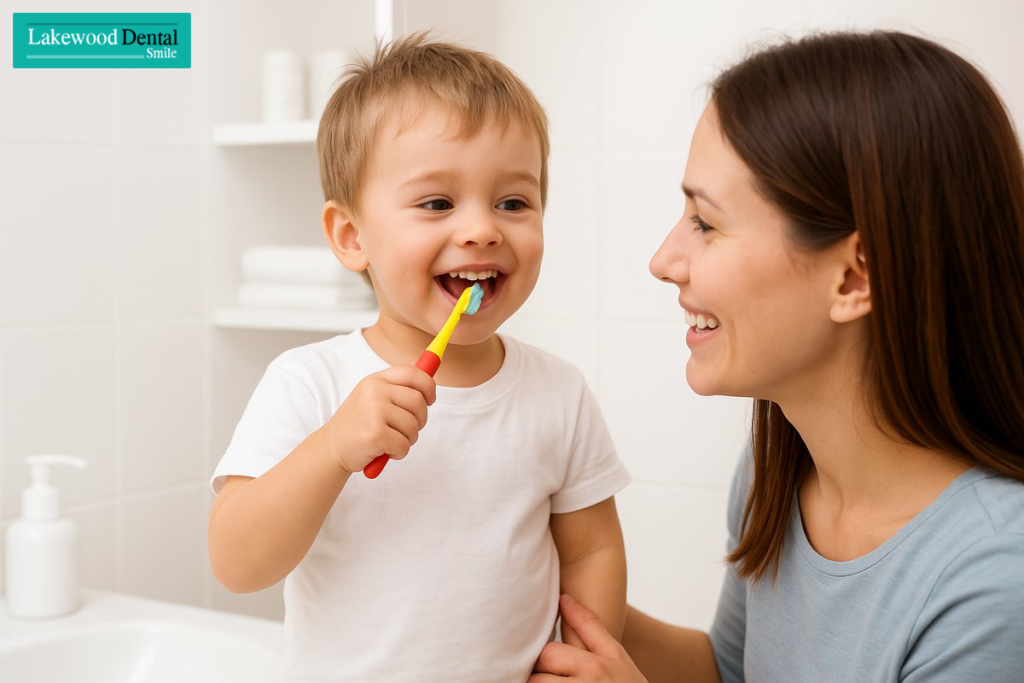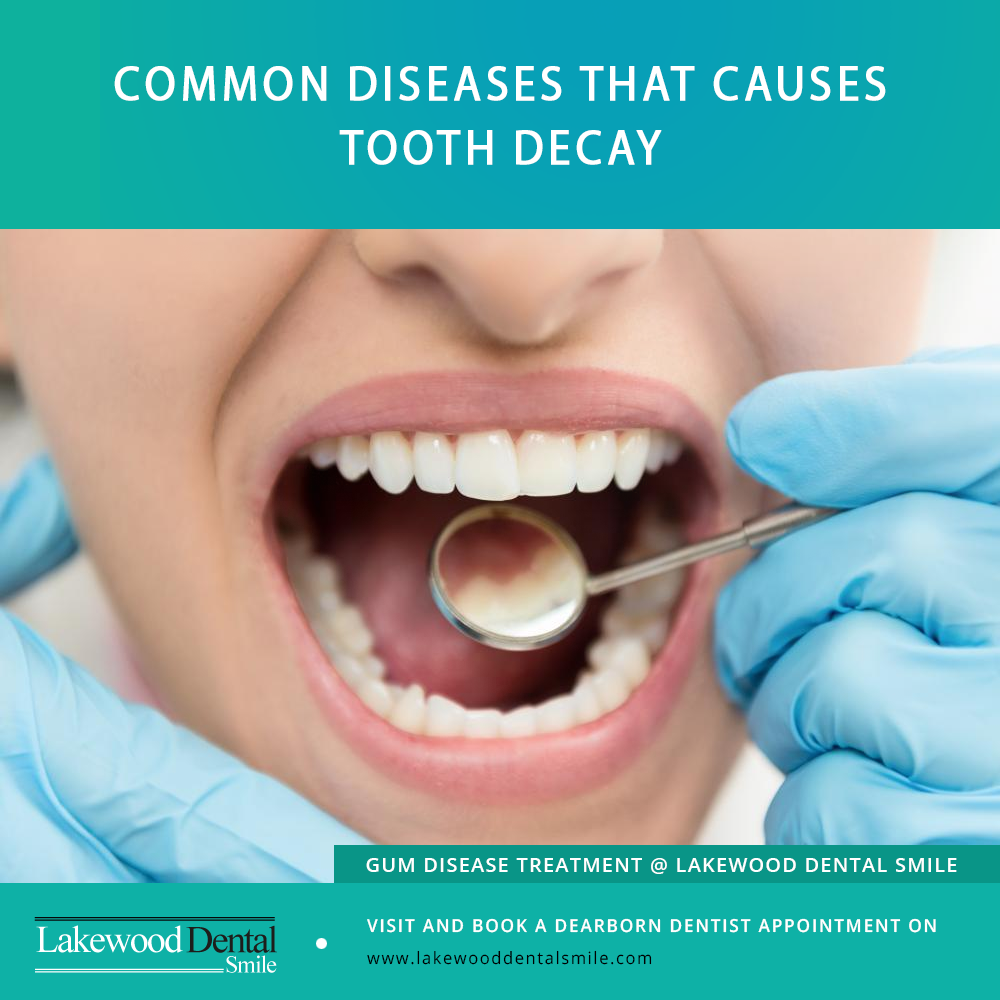Healthy teeth begin with healthy habits. Teaching child brushing teeth from an early age is one of the greatest gifts parents can give. Developing strong oral hygiene skills early not only prevents cavities and gum problems but also lays the foundation for lifelong oral health.

Why Child Brushing Teeth Early Matters
Some parents believe that baby teeth don’t matter since they eventually fall out. However, baby teeth help children chew, eat, and speak clearly. They also guide permanent teeth into the correct position. If baby teeth decay or are lost too early, it can lead to misalignment or speech issues.
Caring for baby teeth ensures a smooth transition to healthy adult teeth while teaching kids responsibility for their own dental care.
How to Help Your Child Brush Teeth
Tip 1: Make Brushing Fun and Relatable
Children may not understand the importance of brushing, so explaining it in simple terms helps. For instance, tell them: “Food can get stuck between your teeth, and brushing keeps away sugar bugs that cause holes.” Turning brushing into a story makes it engaging and memorable.
Another effective approach is brushing together. Children love imitating adults, so when they see you brushing, they’ll naturally want to join in.
Tip 2: Let Your Child Choose Their Toothbrush and Toothpaste
Modern children’s toothbrushes come in fun shapes, bright colors, and feature popular characters. Allowing your child to pick their own toothbrush gives them a sense of ownership and excitement. Pair it with a kid-friendly, fluoride toothpaste in flavors like strawberry or bubblegum to make brushing more enjoyable.
Tip: Always check that the toothpaste contains fluoride and is age appropriate.
Tip 3: Use the Right Amount of Toothpaste
– Under 3 years old: A smear of fluoride toothpaste, about the size of a grain of rice.
– Ages 3–6: A pea-sized amount of fluoride toothpaste.
Using the right amount ensures effective cleaning while reducing the risk of swallowing too much fluoride.
Tip 4: Create a Consistent Brushing Routine
Children thrive on structure. Brushing in the morning and before bed makes oral care a natural part of their daily routine. Treat it like any other habit, such as putting on pajamas or washing hands.
Tip 5: Use Timers and Music for Engagement
Since children should brush for two minutes, use a fun timer or play a short song. This turns brushing into a mini dance party instead of a chore.
Tip 6: Start Flossing When Teeth Touch
Flossing should begin as soon as your child’s teeth start touching. At first, parents can help by gently flossing between their teeth. Over time, teach your child to floss independently. Flossing removes plaque in places toothbrushes can’t reach, preventing cavities between teeth.
Tip 7: Motivate With Rewards and Praise
Children often respond to rewards and encouragement. A simple reward system—like stickers, bedtime stories, or small toys—can motivate consistent brushing.
If your child thrives on praise, don’t underestimate the power of positive reinforcement. A cheerful “Great job!” or “I’m proud of you!” reinforces healthy behavior.
The Importance of Regular Dental Checkups
Even with daily brushing and flossing, children need professional dental care. Dentists recommend checkups every six months. These visits:
– Catch early signs of cavities.
– Monitor teeth alignment and jaw growth.
– Provide professional cleaning.
– Reinforce the importance of oral hygiene.
At Lakewood Dental Smile, our team helps parents and children maintain bright, healthy smiles through compassionate and personalized care.
Setting the Foundation for Lifelong Oral Health
Teaching child brushing teeth may feel like a challenge at first, but it pays off with long-term benefits. By starting early, creating routines, making brushing fun, and visiting the dentist regularly, parents equip their children with the skills to enjoy strong, healthy smiles for life.




